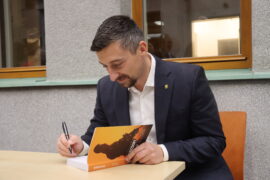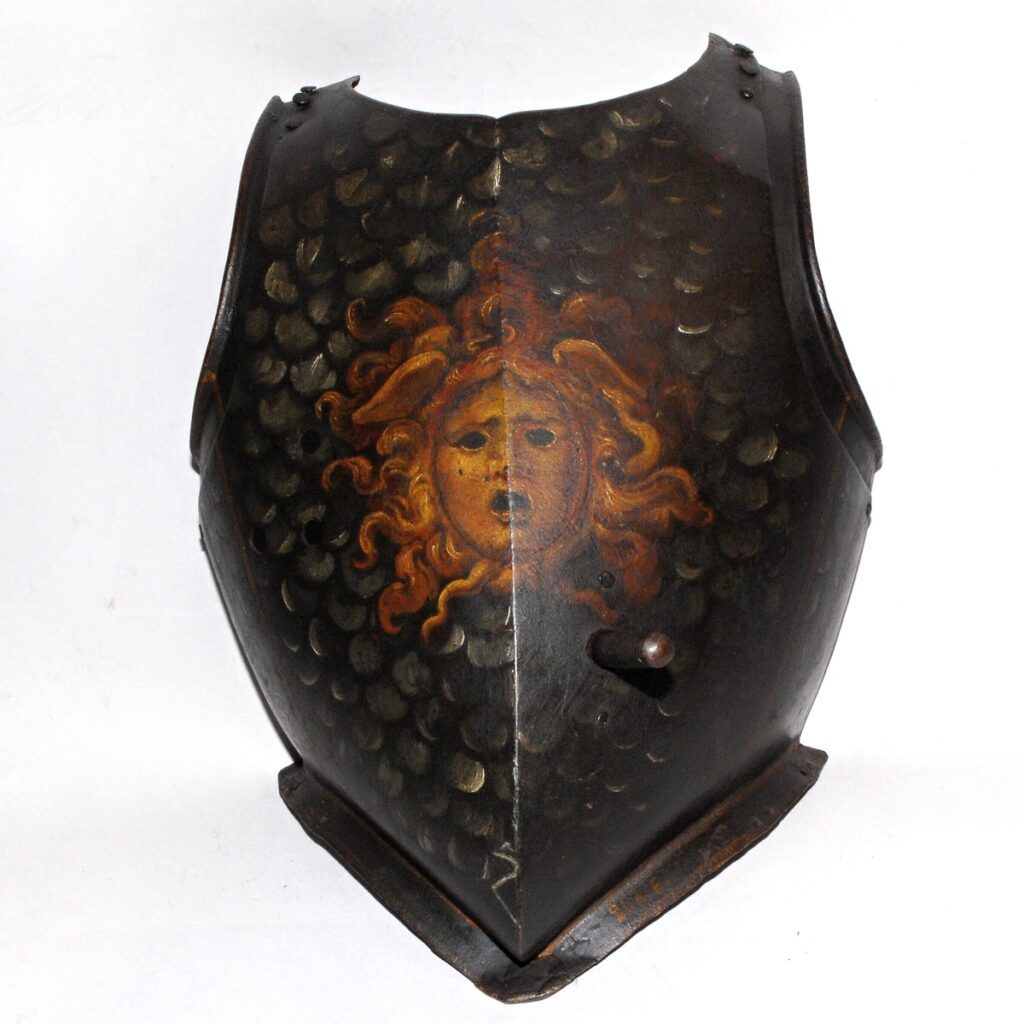
09 Painted Breastplate, Northern Italy, c. 1570
Fotogalerie
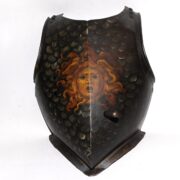
Decorative, militarily non-functional armour was worn during festivals, parades and theatrical performances with a war theme. Designers and makers of decorative armour were usually not platers, but painters and decorators.
The helmet and cuirass decorated with oil paints from around 1570 may come from a performance of the play Il Castello di Gorgoferusa, which was held at the court of Alfonso II d'Este, Duke of Ferrara (1533−1597), in honour of the visit of Archduke Charles of Habsburg. The age of the exhibit and the head of the Gorgon painted on the cuirass would suggest so.
Similar tournament theatres are also documented in Bohemia. Twice they were organised by Jan Zajíc of Hasenburg, Knight of the Order of the Holy Sepulchre, who, after visiting the Holy Land, was fascinated by the fighting against Ottoman expansion and wanted to convey it to Czech noble society. In 1544 and 1552, he organised the Sarmacia in Budyně nad Ohří, a comedy in the form of a noble festival with a tournament and a theatre performance. The guests witnessed a theatrical representation of the Turkish attack and the fight of the Christians against the invaders. In 1544, the festival also included the “burning of a village and the conquest of a castle”.
Height 480 mm, width 350 mm, weight 3 056 g.
Aktuálně

Výzkum u českých krajanů v Chorvatsku
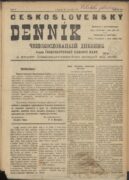
Československý deník sehrál v životě legionářů v Rusku velmi důležitou roli. Poprvé vyšel v prosinci 1917

Děkujeme za podporu pro válečné veterány. Sbírka DiGiMÁK vynesla 450 tisíc korun
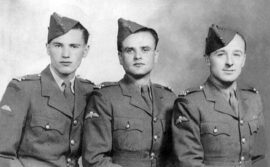
Tak trochu zamrzlé spojení
